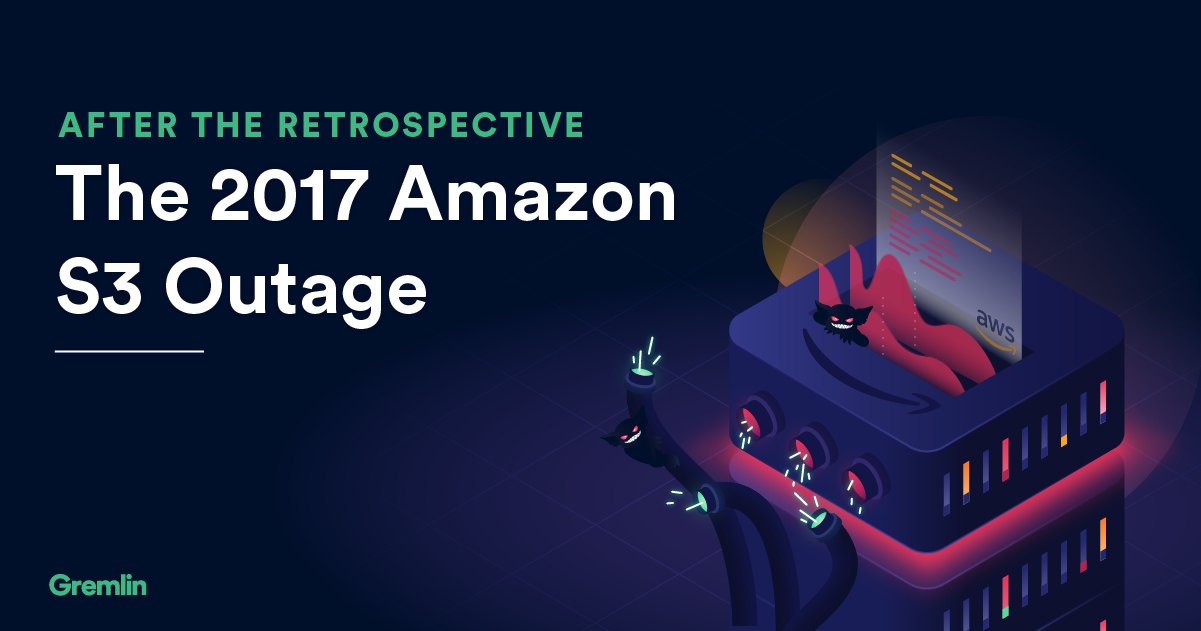AWS Outage: What Happened and Its Implications
The recent AWS outage has sent shockwaves across businesses worldwide, affecting countless services and applications dependent on Amazon Web Services. This incident serves as a stark reminder of the vulnerabilities inherent in cloud infrastructure and the importance of robust disaster recovery plans. In this blog post, we will delve into the details of the AWS outage that occurred on December 7, 2021, explore its causes, effects, and the lessons that businesses can learn from it to enhance their operations.
What Caused the AWS Outage?
On December 7, 2021, AWS experienced a significant outage that began in the afternoon, impacting various regions and services. According to a detailed analysis by ThousandEyes, the outage was triggered by a malfunction in the AWS service networking, specifically within the console and API functionalities. This failure led to a cascading effect, causing numerous additional services to go offline, including critical platforms and applications that rely on AWS for their operations.
The Ripple Effects Across Businesses
The impact of the AWS outage was felt across various industries, highlighting the dependencies many organizations have on cloud services. From retail websites to streaming applications, businesses experienced reduced functionality or complete service interruptions. For example, e-commerce platforms saw a significant drop in transactions, while online communication tools like Zoom and Slack faced connectivity issues.
The outage notably showcased how interconnected our digital infrastructure has become, and how a single point of failure can lead to widespread disruption. Businesses had to navigate customer backlash and operational challenges, underscoring the importance of having contingency plans and diversifying their cloud service providers.
Lessons Learned from the AWS Outage
As an HR professional or business leader, what can you take away from this incident? Here are several critical lessons to consider:
1. Develop a Strong Disaster Recovery Plan
Every organization should have a comprehensive disaster recovery plan that outlines procedures for dealing with outages and service disruptions. This plan should include backup systems, alternative service providers, and clear communication protocols to keep stakeholders informed during a crisis.
2. Evaluate Your Cloud Dependencies
Assess your organization’s reliance on cloud services. While cloud infrastructure offers many benefits, having too many critical processes tied to a single provider can lead to vulnerabilities. Consider multi-cloud strategies to mitigate risks associated with vendor lock-in and ensure business continuity.
3. Monitor Service Performance
Utilize monitoring tools to keep an eye on service performance and availability. Tools that can provide alerts and insights into possible outages can help your team respond swiftly and take proactive measures to minimize downtime.
4. Communicate with Stakeholders
Effective communication during an outage is vital. Keep your customers, employees, and partners informed about the situation. Transparency can help maintain trust, even in challenging times, and allow stakeholders to understand the measures being taken to rectify issues.
How n8n Workflows Can Help Automate Responses
Integrating automation into your processes can significantly enhance your ability to respond to outages and service disruptions. One effective tool for automation is n8n, an open-source workflow automation platform that enables seamless integrations between different services.
With n8n, you can create workflows that automatically redirect traffic to backup services, notify team members of outages, and even gather data for post-mortem analyses. Implementing such automation reduces response times and minimizes the impact of future incidents.
The Future of Cloud Services: Preparedness and Resilience
The AWS outage underscores the critical need for preparedness in our increasingly cloud-dependent world. Businesses must prioritize building resilient infrastructures that can withstand the shocks of unexpected outages. By investing in technology, training, and systems that promote flexibility and rapid response, organizations can not only recover from outages more efficiently but also thrive in a competitive landscape.
As we move forward, staying informed about the state of cloud services and continuously assessing our own readiness will be key in safeguarding our operations against future incidents. The AWS outage may have caused disruption, but it also provides a valuable opportunity for businesses to reflect and strengthen their infrastructures.
Conclusion
The Amazon outage on December 7, 2021, serves as a critical case study for all organizations that utilize cloud services. Understanding the causes, effects, and lessons of this incident can help businesses fortify their operations against future outages. By embracing automation through platforms like n8n and developing thorough disaster recovery plans, organizations can enhance resilience and ensure continuity in an increasingly interconnected world.






